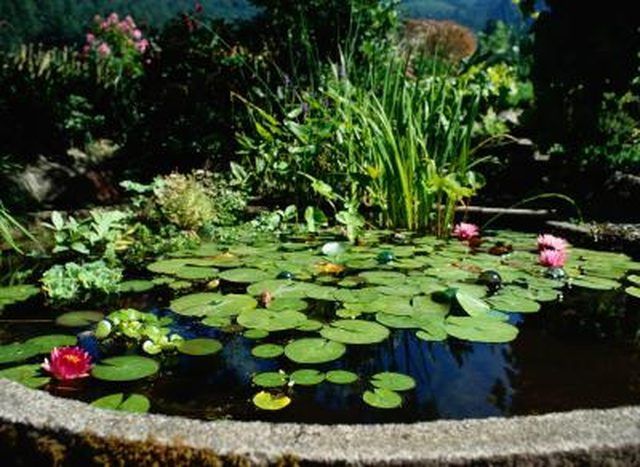Bulbs
Flower Basics
Flower Beds & Specialty Gardens
Flower Garden
Garden Furniture
Garden Gnomes
Garden Seeds
Garden Sheds
Garden Statues
Garden Tools & Supplies
Gardening Basics
Green & Organic
Groundcovers & Vines
Growing Annuals
Growing Basil
Growing Beans
Growing Berries
Growing Blueberries
Growing Cactus
Growing Corn
Growing Cotton
Growing Edibles
Growing Flowers
Growing Garlic
Growing Grapes
Growing Grass
Growing Herbs
Growing Jasmine
Growing Mint
Growing Mushrooms
Orchids
Growing Peanuts
Growing Perennials
Growing Plants
Growing Rosemary
Growing Roses
Growing Strawberries
Growing Sunflowers
Growing Thyme
Growing Tomatoes
Growing Tulips
Growing Vegetables
Herb Basics
Herb Garden
Indoor Growing
Landscaping Basics
Landscaping Patios
Landscaping Plants
Landscaping Shrubs
Landscaping Trees
Landscaping Walks & Pathways
Lawn Basics
Lawn Maintenance
Lawn Mowers
Lawn Ornaments
Lawn Planting
Lawn Tools
Outdoor Growing
Overall Landscape Planning
Pests, Weeds & Problems
Plant Basics
Rock Garden
Rose Garden
Shrubs
Soil
Specialty Gardens
Trees
Vegetable Garden
Yard Maintenance
How to Control Pond Algae
How to Control Pond Algae. While some algae in the backyard pond will help keep the water oxygenated and the fish healthy, when algae grows out of control it can definitely be a problem. It can block sunlight and strangle plants, throwing off the balance of the entire pond ecosystem. Several different methods can be used to control algae, and...

While some algae in the backyard pond will help keep the water oxygenated and the fish healthy, when algae grows out of control it can definitely be a problem. It can block sunlight and strangle plants, throwing off the balance of the entire pond ecosystem. Several different methods can be used to control algae, and depending on the severity of the problem, it may be necessary to use one or all of the methods. Some work as preventatives as well as cures.
Things You'll Need
Floating plants
Fresh dirt fill
Add some floating plants, such as water lilies, which will block some of the sunlight that reaches the pond, and will also consume some of the nutrients that are in the pond water. The more sunlight that penetrates the water and the more nutrients that are available, the faster algae will grow. By using floating plants to consume some of these resources, there will be less to feed the algae.
Raise the banks of the pond to prevent runoff from entering the system. This runoff can be particularly problematic if there are gardens nearby that are fertilized regularly, as this fertilizer can be transferred into the pond water. Once there, this water pollution will fuel the growth of algae; on a large scale, fertilizer runoff can be responsible for blooms that devastate pond ecosystems.
Add some pond dye. Pond dye will change the color of the water without affecting the plants or animals. As with any chemical, it is important to check with a professional first to be sure the dye you've selected is safe for the pond life you have. Dying the water will limit the amount of sunlight that is allowed into the system and increase what is reflected, providing less for algae to feed on.
Be sure the filter is working properly and is cleaned regularly, or install a new filtration system if the current one is old, outdated or not operating at its peak potential. A healthy filtration system will remove much of the algae before it has a chance to reproduce.
Limit the nutrients that are introduced to the system. If there are fish in the pond and they are fed commercial foods on a regular basis, any uneaten food will dissolve and become fuel for algae.
Apply algaecides. This is usually only done as a last resort, as this control method only lasts as long as the algaecide is present in the water. These chemicals can also damage other plants in the pond, and may be toxic to fish and other animals. There are some algaecides that are marketed as safe for plant life, but if there are other options, using an algaecide should be avoided.